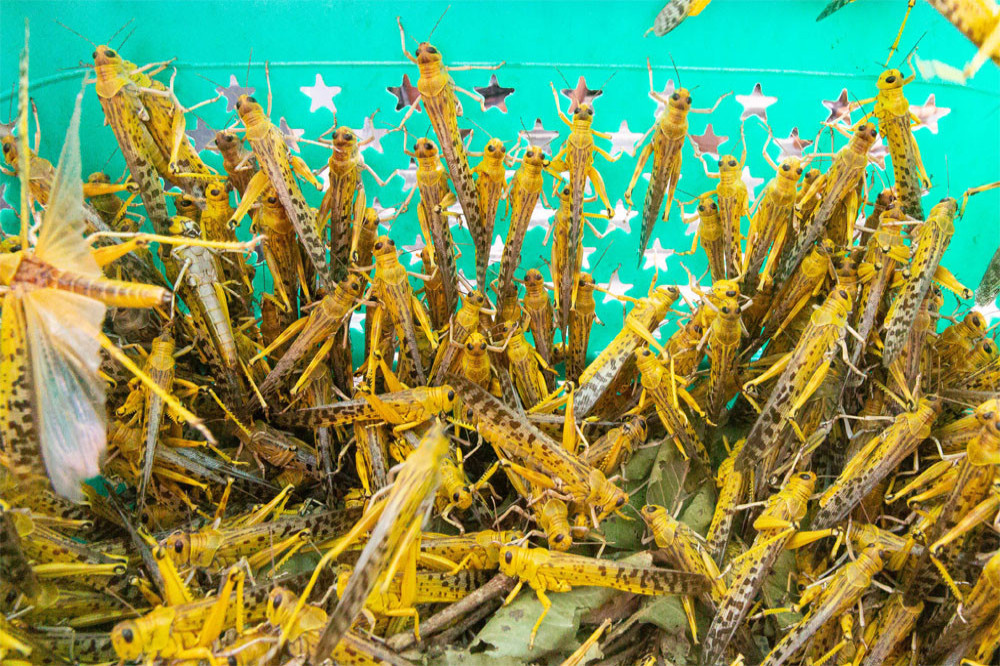Climate change could impact insects’ colours and their sex lives.

Climate change could impact insects’ colours and their sex lives
According to scientists at Macquarie University in Sydney, Australia, the rising global temperature could lead to insects becoming lighter in colour, which could ultimately affect their ability to find one another to mate.
In a recent study published in the ‘Ecology and Evolution’ journal, author Mariella Herberstein said: “On the one hand, we could be rejoicing, saying: how are the insects? They are responding to climate change. We don’t have to worry about them.
“And then we could wake up the next day going: Oh, damn – they can’t find each other any more because they have lost really important identification colours that help them find a mate.”
Herberstein explained the prevailing theory among experts is that creepy-crawlies produce less melanin pigment in hotter climates, which leads to them appearing brighter and lighter in colour.
This idea seems to hold some weight, as a 2016 study found Mead’s sulphur butterflies in the North American mountains have grown paler at the same time as temperatures increased.
However, a follow-up review that looked at over 800 butterflies collected from museum samples between 1953 and 2013 found some of the specimens developed richer and darker wings over time.

